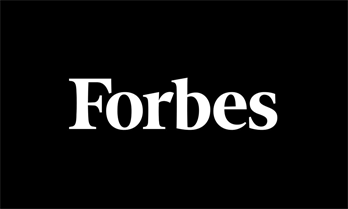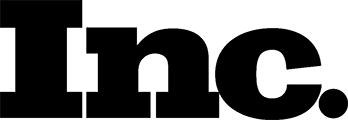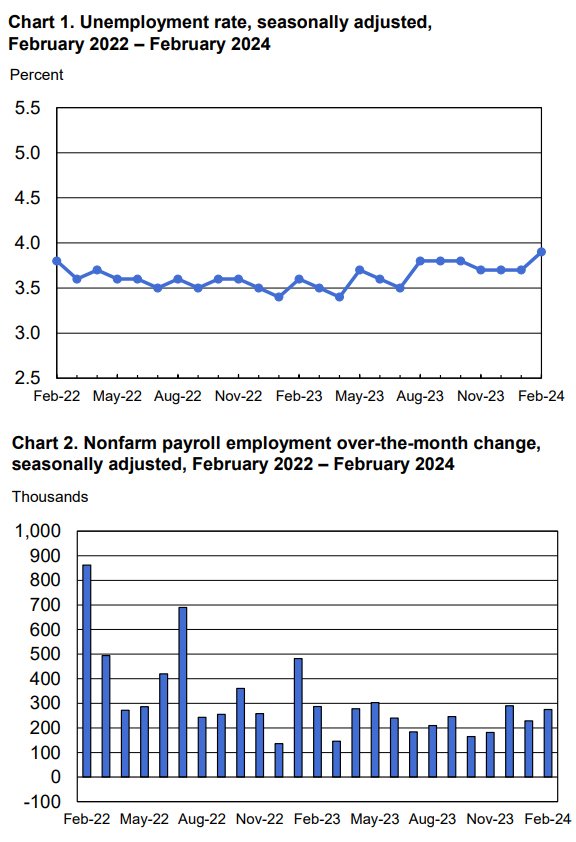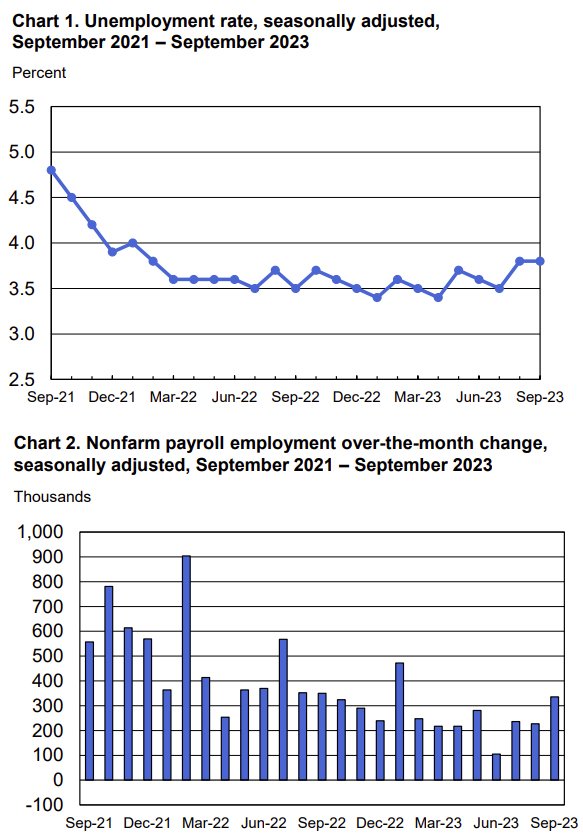Building a Resilient Incident Response Plan for Corporate Security
/Corporate security is a top priority when it comes to safeguarding the data systems and communications of your organization. Threat actors continue to develop sophisticated cyber attacks that compromise some of the most well-established cybersecurity infrastructures, with industry studies revealing that millions of data records are exposed to data breaches each quarter.
(Adi Goldstein/Unsplash)
A resilient incident response plan enables your company to react effectively against the evolving tactics of malicious parties aimed at evading security controls. But how do you build one?
Defining Roles and Responsibilities in Incidence Response
Incidents require swift responses. One crucial aspect of ensuring this lies in clearly defining the roles and responsibilities of your incident response team. A well-established set of duties enables teams to focus on their respective roles efficiently in high-pressure environments.
While resilient incident response teams may comprise different structures, they typically include the following contributors:
• Incident Response Team Leader/Manager: The head of the incident response team with the overall responsibility to oversee the decision-making during a crisis. Leaders ensure that teams follow the outline of a response plan in coordinated efforts to resolve and mitigate ongoing issues.
• Responders: The team members responsible for handling the operational and technical duties in mitigating the identified issues.
• Communications Lead/Manager: These team members offer the skills and expertise to handle every aspect of incident response communications. They ensure smooth communication among internal and external stakeholders and strategically release information to the public.
• Scribe: The team member responsible for logging the comprehensive details of an incident for documentation and investigative purposes.
• Customer Support Lead: Team members tasked with communicating with the public and providing the assurance of ongoing efforts in fixing the issue.
• Social Media Lead: These contributors manage the social media channel updates during incident responses, working closely with customer support leads in collecting timely customer feedback and responding strategically.
• Forensic Analyst/ Problem Manager: Experts who examine the root cause of the incident and brainstorm for strategic measures to prevent reoccurrence.
Establishing Communication Channels and Escalation Procedures
The next step of a resilient incident response plan involves a clear breakdown of communication procedures and informing each involved role about the expected escalation steps and response times. A robust escalation process should begin with a formal activation procedure for your incident response team. Consider implementing an alerting mechanism that triggers alerts across multiple communication systems to mobilize response teams during a detected incident.
Communication is Key
Your team’s communication manager should rapidly notify the public to prevent any speculation among external stakeholders. External parties may form foregone conclusions with the lack of data which could compromise your corporate image. As such, it is important to present clear and concise information when presenting the issue to the public. Managers should work closely with technical teams for accurate details and apply strategic language (written and verbal) in managing public concerns.
Your team should consider implementing a pre-approved communication template to expedite responses during a time-sensitive situation. These templates should outline the general communication details (i.e., quality, channels, response times, and frequency) for an incident response while teams can quickly customize fields based on incident specifics.
Conducting Regular Tabletop Exercises to Test the Effectiveness of the Plan
It is important for your incident response team to constantly test and improve the effectiveness of your plans. Tabletop exercises enact the environment, threats, and considerations in a simulated incident for accurate response.
Regular tabletop exercises help you identify the response times of individual members and identify weaknesses, mistakes, and areas for improvement that could undermine an actual operation. Your team should also monitor critical incident response metrics to accurately measure the effectiveness of team collaboration. These metrics may include the speed of identifying and responding to the root cause of an incident, the time taken for leaders to reach a specific decision (such as broadcasting information across social media channels), and the quality of documentation.
Documenting Lessons Learned and Continuously Improving The Plan
Your response team should make a detailed and reliable record of each outlined issue in your tabletop exercises and take proactive measures to prevent them. For example, in a simulated scenario of regulatory and compliance breaches, your team could improve the response times in the reporting and remediation of legal requirements. Similar to a routine fire drill, repeating these exercises minimizes the risk of missteps that might disrupt or delay your crisis response.
It is crucial to conduct a post-incident meeting with every involved party to discuss the lessons learned and follow-up action to avoid future incidents. These meetings apply to tabletop exercises and actual incidents. Every participant should contribute by highlighting the key learning points and assessing practical methods for strengthening existing security systems.
Coordinating with External Stakeholders
Finally, your incident response team should discuss and decide if there is a need to involve law enforcement. The decision depends on the severity of the situation, and if the issue can be resolved by internal investigative teams. Your incident response plan should assign the person or parties with the authority to notify law enforcement and the criteria for doing so. Teams should also consider working closely with a trusted external legal advisor to decide the best course of action.
An experienced counsel can assess the situation from a legal perspective to justify the cost, efforts, and potential complications involved in pursuing law enforcement. It is important to note that law enforcement could increase public attention toward the incident, which would require strategic stakeholder communications.
Closing Thoughts - Optimizing Corporate Preparedness With Incident Response Plans
Ultimately, it is important to recognize cybersecurity issues as more than a technical issue but one that undermines an organization as a whole. Preparing your corporate team for the unexpected ensures the swiftest and most coordinated responses in the worst-case cybersecurity scenarios. By doing so, your company can stay resilient and productive in a digital landscape of constant cyber concerns.
The Trevi Group | “Executive Search for Technology Professionals” | www.TheTreviGroup.com
#thetrevigroup #recruitingtrends #informationtechnology #employmenttrends #jobmarket #hiringtrends



































































